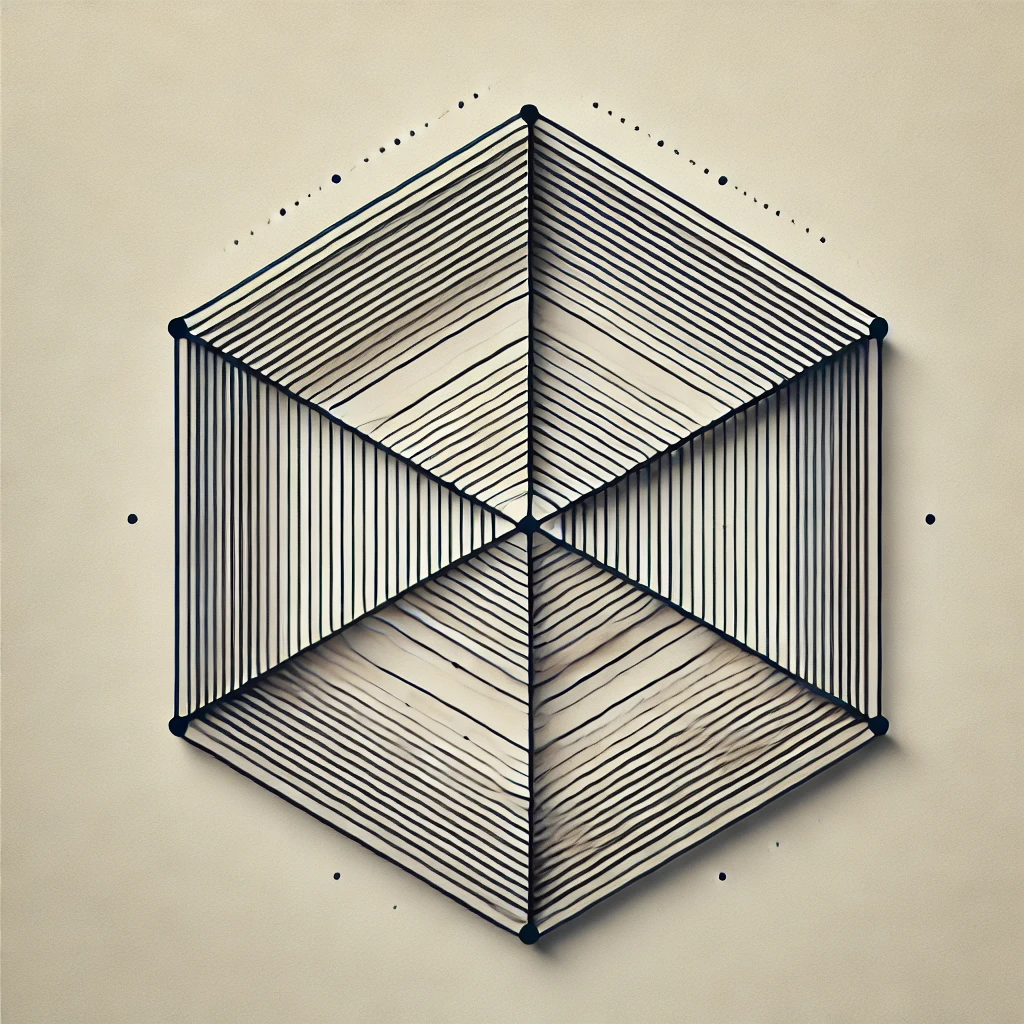Shape:yl6axe4-ozq= Pentagon, a five-sided geometric figure, holds a significant place in various fields ranging from mathematics and architecture to military defense. This guide explores the fundamental properties, applications, and interesting facts about the pentagon shape.
Table of Contents
What is a Pentagon? Shape:yl6axe4-ozq= Pentagon
A pentagon is a polygon with five straight sides and five angles. Shape:yl6axe4-ozq= Pentagon The word “pentagon” comes from the Greek words “pente,” meaning five, and “gonia,” meaning angle. Pentagons can be regular (all sides and angles are equal) or irregular (sides and angles can differ).

Types of Pentagons
There are two primary types of pentagons:
- Regular Pentagon: A polygon where all sides and angles are equal.
- Irregular Pentagon: A polygon where sides and angles vary.
Shape:yl6axe4-ozq= Pentagon Regular pentagons are often used in geometry and design due to their symmetry, while irregular pentagons can be seen in everyday shapes.
Properties of a Pentagon
Shape:yl6axe4-ozq= Pentagon Understanding the properties of a pentagon is essential for studying its geometry:
- Interior Angles: The sum of the interior angles of a pentagon is always 540 degrees.
- Exterior Angles: The exterior angles of any pentagon add up to 360 degrees.
- Diagonals: A pentagon has five diagonals, lines that connect two non-adjacent vertices.
Pentagon in Geometry
In geometry, the pentagon plays a crucial role in understanding polygons and shapes. Regular pentagons have equal angles of 108 degrees, making them ideal for constructing various geometric patterns and tessellations.
Pentagon in Architecture
The most famous architectural structure that takes the shape of a pentagon is the U.S. Department of Defense headquarters, commonly known as The Pentagon. Its five-sided design is both functional and symbolic, representing defense and military strength. Shape:yl6axe4-ozq= Pentagon Shape:yl6axe4-ozq= Pentagon
The Pentagon in Nature
The pentagon shape is not just a human invention but is also found in nature. Examples include: Shape:yl6axe4-ozq= Pentagon
- Starfish: A pentamerous (five-part) organism that naturally forms a pentagon shape.
- Flowers: Certain flowers, like morning glories, have pentagon-shaped petals.
Pentagon in Art and Design
The symmetrical structure of a pentagon is widely used in art and design. Its pleasing geometric form allows artists and designers to create harmonious and balanced compositions. The use of pentagons in modern art often symbolizes balance, unity, and strength. Shape:yl6axe4-ozq= Pentagon
Pentagon in Mathematics
Pentagons are crucial in mathematical studies, particularly in polygon theory and trigonometry. The regular pentagon is often used in mathematical puzzles and problems involving symmetry, angles, and areas.
Pentagon in Military Defense
The shape of the pentagon also holds military significance. The U.S. Department of Defense’s headquarters, The Pentagon, was designed in the shape of a regular pentagon for both symbolic and practical reasons, allowing for efficient movement and strategic planning.
How to Calculate the Area of a Pentagon
To calculate the area of a regular pentagon, you can use the following formula:Area=145(5+25)×s2\text{Area} = \frac{1}{4} \sqrt{5(5 + 2\sqrt{5})} \times s^2Area=415(5+25)×s2
Where sss is the length of a side.
Pentagon in Symbols and Logos
The pentagon shape is often used in logos and symbols to represent strength, unity, and protection. It can be found in various corporate logos, military badges, and insignias. Shape:yl6axe4-ozq= Pentagon
Pentagon in Sports
Pentagons are also present in sports designs, especially in the stitching patterns on soccer balls. The combination of pentagons and hexagons forms the standard shape of a soccer ball, known as a truncated icosahedron.
Importance of Pentagon in Religious Symbolism
Throughout history, the pentagon has been associated with various religious and spiritual meanings. In some cultures, it represents the five elements: earth, water, fire, air, and spirit. It is also linked to the pentagram, a five-pointed star that has been used in different religious contexts.
Pentagon in Astronomy
In astronomy, the pentagon shape appears in the arrangement of certain star clusters and planetary configurations. Astronomers use the symmetry of pentagons to study the movements and relationships between celestial bodies.
Pentagon in Physics
Pentagons appear in certain atomic structures and molecular formations. For example, carbon molecules can form pentagonal structures, contributing to the stability and properties of complex compounds like fullerenes.
Fun Facts About Pentagons
- A regular pentagon can be inscribed inside a circle, with all its vertices touching the circle.
- The golden ratio is found in the proportions of a regular pentagon, making it aesthetically appealing.
- The largest building shaped like a pentagon is the U.S. Department of Defense headquarters.
Constructing a Pentagon: A Step-by-Step Guide
To draw a regular pentagon using a compass and a straight edge:
- Draw a circle.
- Mark five equidistant points on the circumference.
- Connect the points to form a pentagon.
Pentagon in Video Games and Virtual Worlds
In video game design, pentagons are used to create three-dimensional environments, especially when tessellating shapes to form complex terrains. They add variety to geometric patterns used in game worlds.
Pentagon in Education
The pentagon shape is frequently used in education to teach concepts of geometry, symmetry, and angles. Its simple yet unique structure makes it ideal for introducing students to more complex polygonal shapes.
Applications of Pentagon in Modern Technology
In modern technology, the pentagon shape is used in various designs, from user interface icons to the layout of physical devices. Its geometric efficiency makes it a popular choice for both aesthetic and functional purposes.
Conclusion: The Enduring Legacy of the Pentagon Shape
The pentagon is much more than a five-sided figure; it is a shape rich in history, geometry, and symbolism. From architecture and nature to mathematics and art, the pentagon continues to inspire and serve practical purposes in multiple fields. Whether you encounter it in daily life or specialized disciplines, the pentagon’s unique properties make it a fundamental part of our world.







